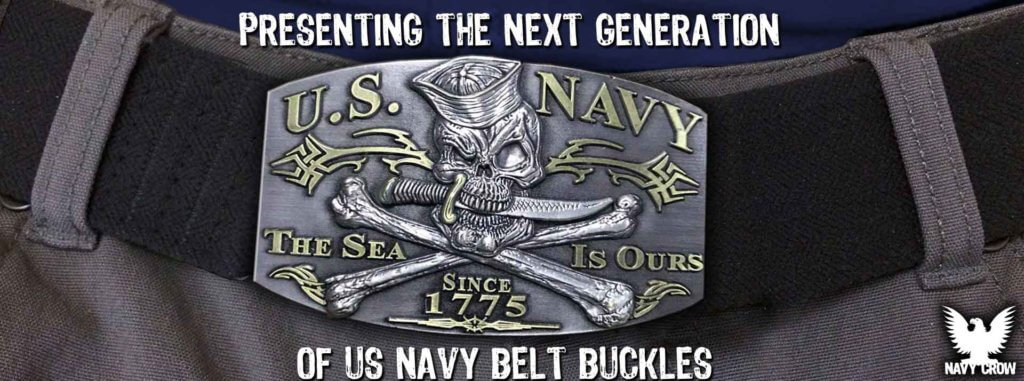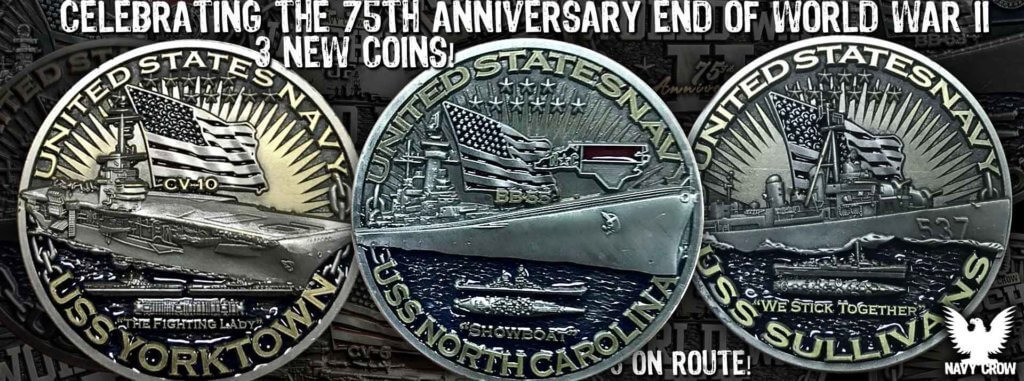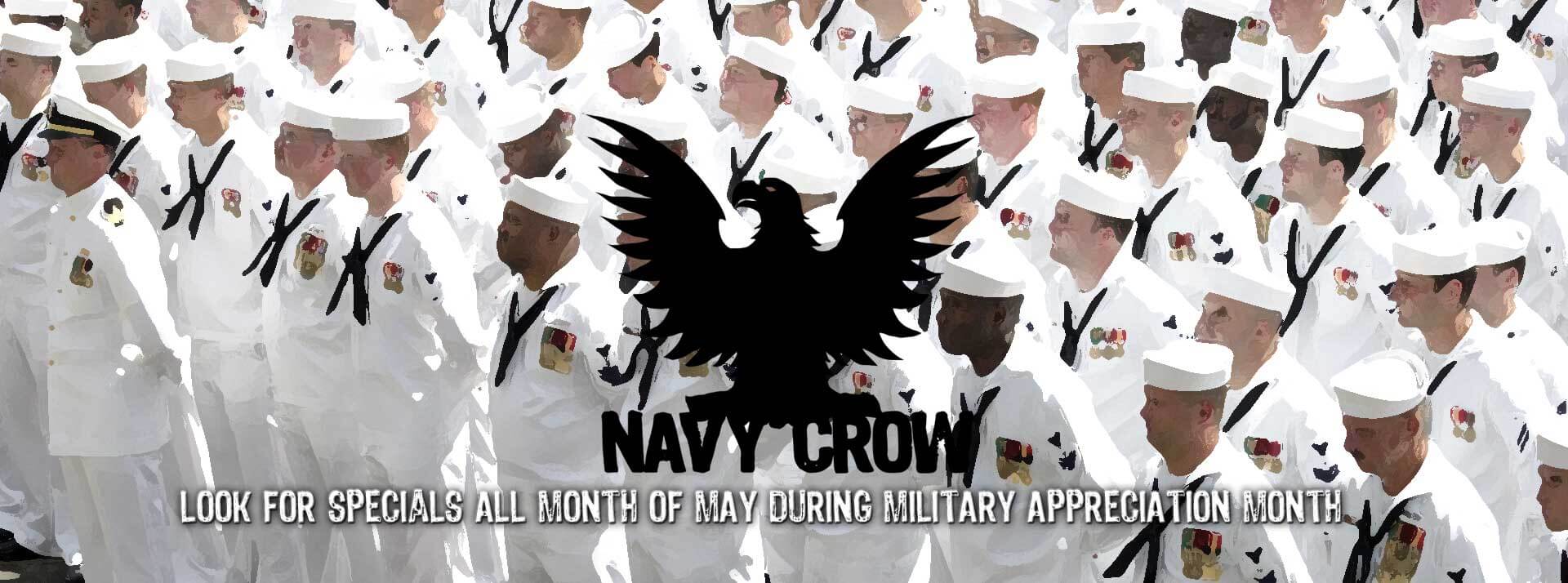The United States Navy has a rich and storied history, marked by significant events and milestones that have shaped its identity as a formidable maritime force. Among these pivotal moments, the establishment of the First Navy Photographic Interpretation Unit in the Atlantic during 1942 stands out as a remarkable development. This groundbreaking initiative played a crucial role in intelligence gathering, aiding military operations, and shaping the outcome of World War II. In this blog post, we delve into the history and impact of this historic event, shedding light on the contributions made by the Navy’s photographic interpretation unit.

The Need for Photographic Interpretation:
As World War II raged across the globe, military strategists recognized the importance of aerial reconnaissance and intelligence gathering to gain a tactical advantage over the enemy. The vast expanses of the Atlantic Ocean posed unique challenges, as traditional methods of intelligence gathering struggled to provide timely and accurate information about enemy movements, fleet dispositions, and other critical details. Recognizing the need for a specialized unit, the United States Navy established the First Navy Photographic Interpretation Unit in 1942.
Establishment and Operations:
The First Navy Photographic Interpretation Unit was established in Washington, D.C., under the command of Lieutenant Commander Edward Steichen, a renowned photographer and artist. The unit consisted of a select group of experts, including photographers, analysts, cartographers, and intelligence officers. Their mission was to analyze and interpret aerial photographs taken by reconnaissance aircraft over the Atlantic Ocean theater of operations.
Equipped with state-of-the-art photographic equipment and advanced technology for image analysis, the unit meticulously examined the aerial photographs to extract vital information. This information included the identification of enemy vessels, tracking of convoy movements, assessment of damage to enemy targets, and evaluation of coastal fortifications. The unit’s findings were instrumental in shaping the Navy’s strategic planning, enabling more effective anti-submarine warfare operations and safeguarding Allied shipping convoys.
Significance and Impact:
The establishment of the First Navy Photographic Interpretation Unit in the Atlantic had a profound impact on the course of World War II. By analyzing aerial photographs, the unit provided invaluable intelligence to commanders and decision-makers, enhancing situational awareness and enabling them to make informed choices.
One of the unit’s notable contributions was identifying and tracking German U-boats, which posed a significant threat to Allied shipping in the Atlantic. Through the interpretation of aerial photographs, the unit pinpointed U-boat bases, detected emerging tactics, and identified patterns of attack. This intelligence allowed the Navy to deploy countermeasures effectively, protecting convoys and turning the tide in the Battle of the Atlantic.
Moreover, the unit’s photographic interpretation capabilities extended beyond naval operations. Their analyses assisted in the planning of amphibious landings, identifying potential landing sites, assessing beach conditions, and evaluating enemy defenses. This critical information played a pivotal role in successful amphibious assaults, such as the D-Day invasion of Normandy in 1944.
Legacy and Continued Advancements:
The success and impact of the First Navy Photographic Interpretation Unit in the Atlantic paved the way for further advancements in imagery intelligence and aerial reconnaissance. As technology evolved, the use of aerial and satellite imagery became integral to military operations worldwide. Today, the United States Navy continues to employ sophisticated imaging systems and analysis techniques to gather crucial intelligence and maintain maritime superiority.
Conclusion:
The establishment of the First Navy Photographic Interpretation Unit in the Atlantic during 1942 marked a turning point in intelligence gathering and reconnaissance capabilities. Through their expert analysis of aerial photographs, the unit provided vital intelligence that shaped the outcome of World War II. Their efforts in identifying U-boat positions, assessing enemy defenses, and aiding strategic planning played a significant role in securing victory in the Atlantic theater and safeguarding Allied shipping. The legacy of the First Navy Photographic Interpretation Unit lives on, as their pioneering work laid the foundation for advancements in imagery intelligence and aerial reconnaissance.

The establishment of this unit exemplifies the United States Navy’s commitment to innovation and adaptability in the face of evolving challenges. By harnessing the power of photography and analysis, the Navy demonstrated its ability to leverage technology and intelligence to gain a decisive advantage on the battlefield.
As we reflect on this historical event, we honor the brave men and women who served in the First Navy Photographic Interpretation Unit. Their expertise, dedication, and meticulous work were essential in providing critical intelligence that saved lives and contributed to the ultimate victory of the Allied forces.
Today, the legacy of the First Navy Photographic Interpretation Unit continues to inspire and guide the Navy’s intelligence operations. Technological advancements, including unmanned aerial vehicles, satellite imagery, and sophisticated analysis techniques, have transformed the field of intelligence gathering. The Navy remains at the forefront of utilizing these cutting-edge tools to maintain maritime dominance and protect national security.
In conclusion, the establishment of the First Navy Photographic Interpretation Unit in the Atlantic during 1942 stands as a testament to the Navy’s commitment to innovation, intelligence, and adaptability. Their contributions during World War II were instrumental in shaping the course of history and securing victory. We owe a debt of gratitude to those who served in this unit and continue to honor their legacy as we navigate the challenges of the present and future.
For more information about First Navy Photographic Interpretation Unit in the Atlantic during World War II please email us at hq@navycrow.com.






